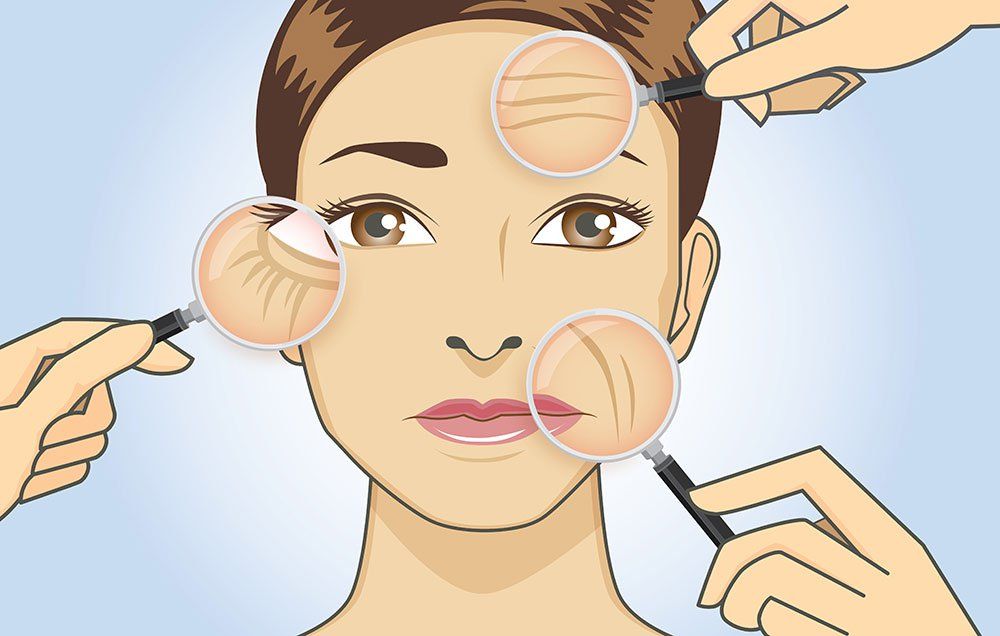Browsing Skin Cancer Treatment: The Essential Function of Mohs in Modern Dermatology Practices
Skin cancer cells, a difficult medical diagnosis, frequently leaves people coming to grips with various treatment choices. Among these, Mohs surgical treatment stands as a beacon in modern-day dermatology, renowned for its thorough approach to cancer cells elimination and conservation of bordering healthy and balanced cells. This cutting-edge method guarantees not only superior cosmetic outcomes however likewise offers immediate outcomes, easing client anxiety. As we check out the complexities of this treatment, one will value its pivotal function in skin cancer treatment.
Understanding Skin Cancer Cells: Kinds and Risks
Skin cancer cells, a possibly dangerous ailment, is far a lot more widespread than many individuals recognize. This condition, caused by the unrestrained development of uncommon skin cells, primarily results from DNA damages as a result of direct exposure to the sun and ultraviolet (UV) light. There are three main kinds of skin cancer cells: Basic cell cancer, Squamous cell cancer, and Cancer malignancy. While the former two are less deadly and comprise most of detected cases, melanoma is the most dangerous. It represents just concerning 1% of skin cancer cells instances but causes the vast majority of skin cancer deaths - mohs surgery. Threat variables consist of reasonable skin, background of sunburn, excessive sunlight direct exposure, living at high elevations or shut to the equator, having several moles, a family members background of skin cancer, and weakened immune system.
What Is Mohs Surgical procedure and Just How It's Reinventing Skin Cancer Treatment
In spite of the numerous therapies currently readily available for skin cancer, Mohs surgical procedure sticks out as a groundbreaking and highly reliable service. Called after Frederic E. Mohs, the physician that developed the procedure, Mohs surgical procedure is an accurate medical technique made use of to treat skin cancer. Throughout the treatment, thin layers of cancer-containing skin are considerably eliminated and checked out up until just cancer-free cells remains. This technique permits the cosmetic surgeon to validate that all cancer cells have actually been removed at the time of surgery. This level of precision, incorporated with the ability to save as much healthy cells as feasible, is transforming skin cancer cells therapy. Therefore, Mohs surgery has actually come to be a foundation of modern-day dermatology methods.
The Advantages of Mohs Surgical Procedure Over Conventional Skin Cancer Therapies
Building on the innovative nature of Mohs surgical procedure, it's crucial to consider its many benefits over standard skin cancer therapies. Unlike conventional treatments, Mohs uses a higher cure rate, usually getting to 99% for newbie therapies and 94% for reoccurring cancers cells. This accuracy is due to its one-of-a-kind approach of gradually eliminating and examining tissue layers till just cancer-free cells remain (chemical peel). Additionally, it minimizes damages to healthy and balanced skin, resulting in less scarring and enhanced aesthetic results. Mohs likewise provides immediate outcomes, removing the anxiety-ridden delay common with visit this site other approaches. It's affordable, as the surgery and microscopic evaluation take place concurrently, eliminating the need for extra research laboratory services. Hence, Mohs represents a substantial improvement in dermatological methods.
The Procedure of Mohs Surgical Procedure: What to Expect During the Process

Potential Adverse Effects and Post-Operative Treatment of Mohs Surgical Procedure
Undertaking Mohs surgery, like any various other procedure, entails prospective side effects that patients must understand. Common side effects include pain, wounding, and swelling at the surgical procedure site. These are typically temporary and convenient with over-the-counter discomfort medication and ice packs. In rare cases, clients might experience infection, bleeding, or an allergy to the more local anesthetic. Post-operative treatment is crucial to recovery and decreasing adverse effects. This usually entails maintaining the injury tidy and completely dry, taking prescribed medications, and preventing exhausting activities. People need to also go to all follow-up consultations for injury treatment and tracking. In many cases, added treatments might be necessary to guarantee total removal of the cancerous cells. Abiding by these post-operative treatment standards can considerably boost recovery and end results.
Final thought
